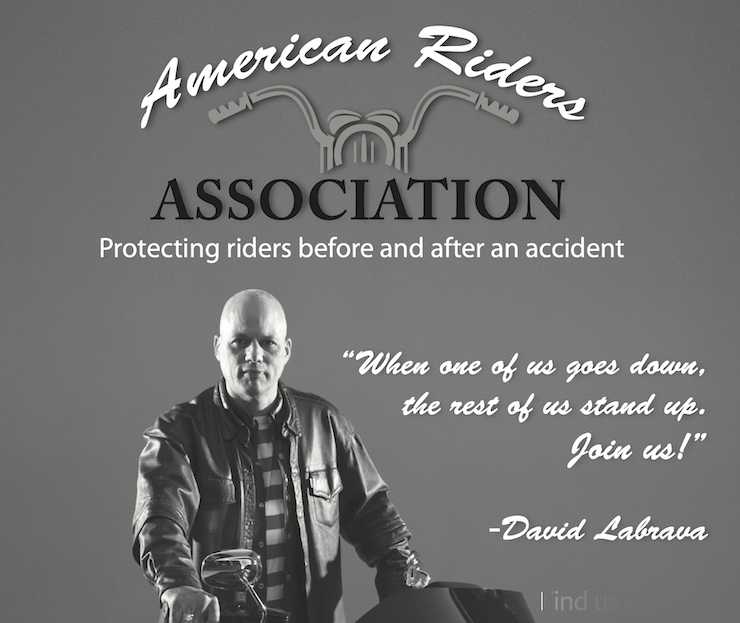With Governor Mike DeWine’s signature on March 14, 2022, Ohio officially joined the ranks as the 23rd state to roll out “Constitutional Carry.” Now, any adult who qualifies can pack heat without needing some fancy concealed handgun license.
“Constitutional carry” – also known as permitless carry or unrestricted carry – means you’re free to carry your handgun, whether you want it on full display or tucked away, no license needed. But don’t get it twisted – this doesn’t cover long guns, knives, or other weapons.
The term itself is a nod to the belief that the Second Amendment doesn’t bend or break for restrictions on your right to carry or bear arms.
Under the permitless-carry rules laid out in Senate Bill 215, which kicked in on June 12, 2022, anyone who’s not banned from owning a firearm can now legally carry a concealed handgun in Ohio. You can also roll around with a loaded handgun in your vehicle, whether it’s out in the open or tucked away, and you don’t need a permit for any of it. Open carry was already fair game for residents and non-residents alike.
The key term in this bill is “qualifying adult,” meaning you’ve got to be at least 21 years old and not banned from owning or receiving a firearm under state or federal law. Plus, you’ve got to be somewhere you have the legal right to be when you’re packing heat. If you’re an Ohioan looking to take advantage of this new law, you’d better know the fine print. It used to be up to the county
sheriff’s office to decide if you met all the requirements for a concealed carry permit – they handled it on a ‘shall issue’ basis, handing out 5-year permits. But now, that job’s on you. It’s your responsibility to know if you’re legal under Ohio law to carry a concealed weapon. Skipping out on the details could land you in hot water faster than you can pull that trigger. So don’t mess around—know the law!
Section 2923.13 of the Ohio Revised Code lays out the hard lines for who’s not allowed to carry a concealed firearm. Here’s who’s barred from packing:
• If you’re a fugitive from justice.
• If you’re under indictment or convicted of any felony involving violence, including domestic violence.
• If you’re under indictment or convicted of any felony tied to the illegal possession, use, sale, or trafficking of drugs.
• If you’re drug dependent, at risk of it, or a chronic alcoholic.
• If you’ve been declared mentally incompetent, judged mentally defective, committed to a mental institution, found by a court to be mentally ill, or held as an involuntary patient for anything beyond observation.
Break these rules, and you can still catch a felony charge for “weapons under disability” or “unlawful possession of a firearm,” which is a third-degree felony, even under the new law.
Not having a CCW permit could get you into some serious legal trouble when you cross state lines, especially into states that don’t play by the same permitless carry rules. Ohio’s Constitutional Carry law won’t carry any weight in other states—at least, not yet. That’s something lawmakers are gonna have to figure out. But here’s the good news: most states still recognize Ohio’s CCW permit through what’s called ‘reciprocity.’ So, if you want to stay on the safe side, you can still get a CCW permit. Ohio currently has reciprocity agreements with nearly 40 other states, meaning they’ll honor your Ohio concealed carry permit. *For some context, Kentucky passed their own Constitutional Carry law back in 2019, and Indiana’s Governor Eric Holcomb signed off on a permitless carry law for those 18 and older that took effect July 1, 2022.
The new Ohio law may ditch the eight hours of firearm safety training, including live-fire practice, that was required for a concealed carry permit, but any responsible gun owner knows better. If you’re going to strap on a deadly weapon, you better have the skills, knowledge, and mindset to handle it right. Training isn’t just a box to check—it’s your lifeline.
Just because you can carry doesn’t mean you can shoot whenever you feel like it. As Mike Fransco, owner of Wild Wild Westlake Classic Firearms Co., puts it, “Even if somebody breaks into your home, you can’t just shoot them unless you believe your life is immediately being threatened.” Smart gun owners get training and know the law, especially Ohio’s “stand your ground” law, so they know exactly when and where they can use deadly force in self-defense. Don’t leave that to chance.
Even though the new law scraps the need for permits and training, it doesn’t touch a business’s right to ban guns on their property. Restrictions still apply in places like courthouses, and many public establishments and government offices will likely keep their “no weapons” signs posted. So, don’t think you can carry everywhere just because the law’s changed.
One big shift that affects patrol officers: drivers no longer have to “promptly” tell cops they’ve got a concealed firearm in the car or on their person. However, if an officer asks, you better speak up. Lying about it? That’ll land you a misdemeanor charge.
And here’s a no-brainer—don’t reach for your weapon unless an officer tells you to. When cops approach, keep your hands on the wheel and follow instructions. Keep it cool, keep it legal.
Even with record gun sales, don’t expect a free-for-all in gun ownership under the new law. If you want to legally buy a handgun from a licensed dealer, you still have to show a valid photo ID and pass a federal background check. If you couldn’t legally carry a handgun before, S.B. 215 doesn’t change that—you still can’t carry one now. Plus, the bill doesn’t cover restricted firearms, so those rules aren’t going anywhere either.
If you’re going to stay strapped you better stay informed.












